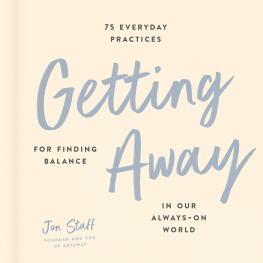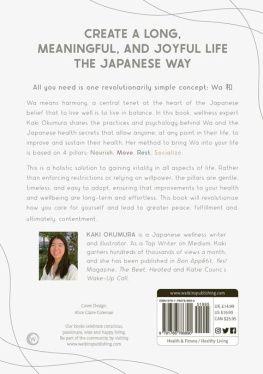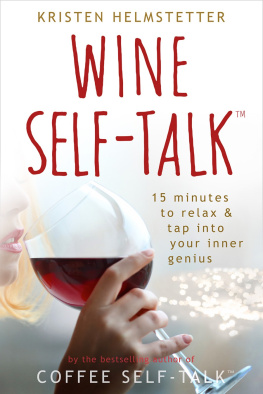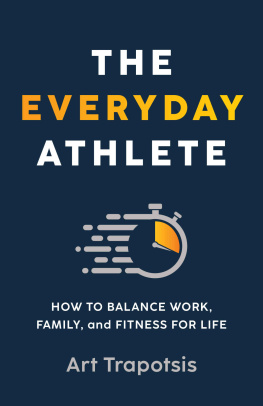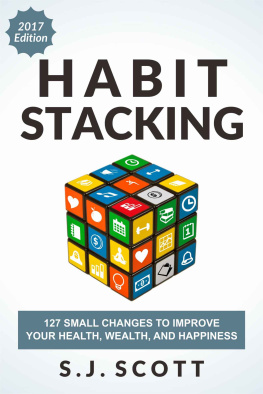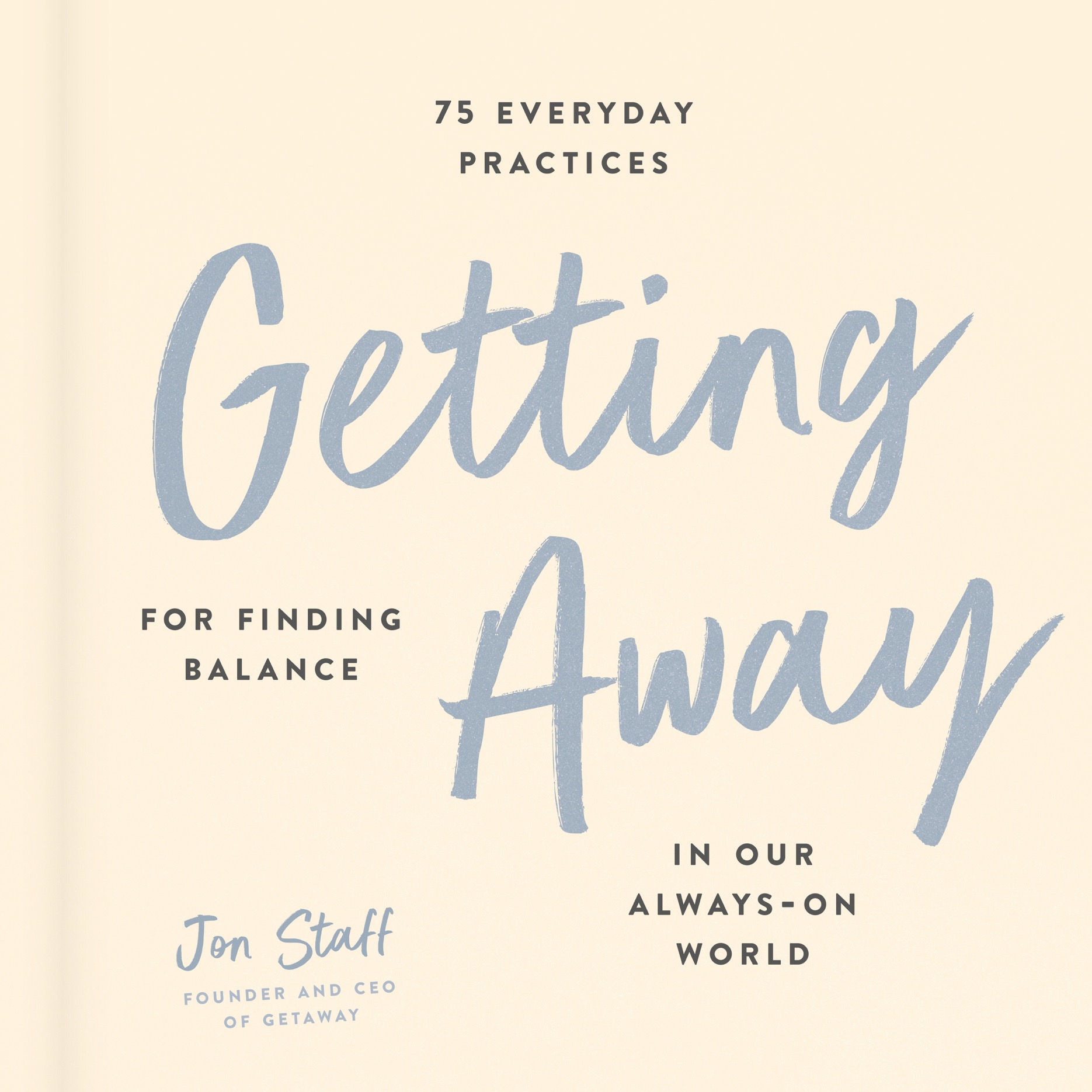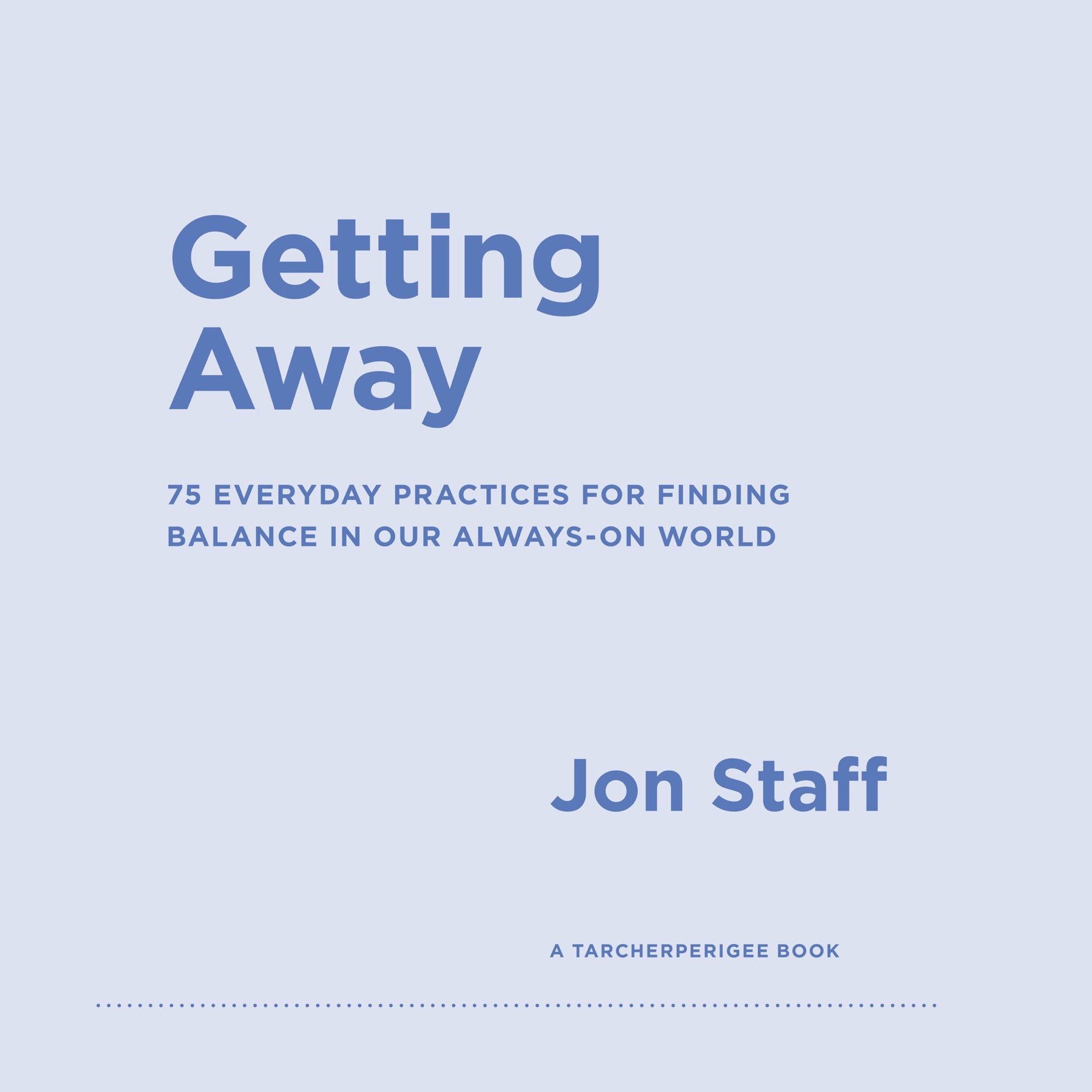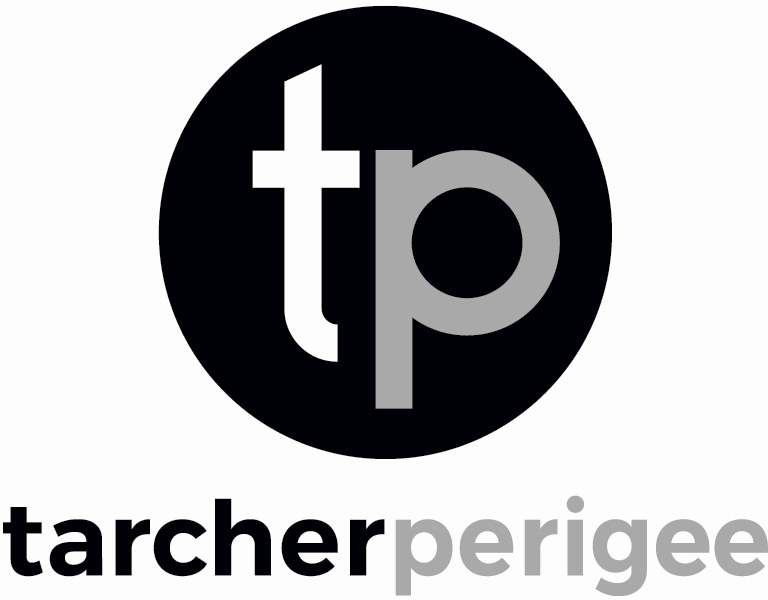Copyright 2020 by Getaway House, Inc.
Penguin supports copyright. Copyright fuels creativity, encourages diverse voices, promotes free speech, and creates a vibrant culture. Thank you for buying an authorized edition of this book and for complying with copyright laws by not reproducing, scanning, or distributing any part of it in any form without permission. You are supporting writers and allowing Penguin to continue to publish books for every reader.
Arthur Aron et al., The Experimental Generation of Interpersonal Closeness: A Procedure and Some Preliminary Findings, Personality & Social Psychology Bulletin 23 (4): 37475. Copyright 1997. Reprinted by permission of SAGE Publications, Inc.
TarcherPerigee with tp colophon is a registered trademark of Penguin Random House LLC.
While the author has made every effort to provide accurate Internet addresses at the time of publication, neither the publisher nor the author assumes any responsibility for errors or for changes that occur after publication. Further, the publisher does not have any control over and does not assume any responsibility for author or third-party websites or their content.
Introduction
THE DIGITAL AGE has left us unbalanced. Were not just connected; were suffering from social and technological overload. We rarely experience the joy of solitude or the respite of nature. Were always on; we never turn off.
In 2015, my friend Pete Davis and I started our company, Getaway, to help counterbalance these digital-age excesses. Seeking balance isnt a new (or even New Age) idea: we can trace it all the way back to Aristotle, who taught that virtue could be found in the balancehe called it the golden meanbetween extremes. For years, Pete and I had been talking about how we could build something to provide disconnection to our fellow tech addicts, nature to our fellow city dwellers, and leisure to our fellow workaholics. To our surprise and delight, weve been able to weave these goals together into a single project, Getaway, which designs tiny cabins, places them in the woods, and invites folks to rent them out by the night. While on a Getaway, guests disconnect from their devices and work to reconnect with the world beyond the daily grind.
Its exactly the kind of respite we were looking for ourselves. After collegewhere we met and became friendswe got wrapped up in the hustle of city living and stressful, time-consuming jobs. While Pete worked on political causes in Washington, I worked for startups in Boston. It seemed like we could never work hard enough, or long enough, as our time on the clock spilled over into nights and weekends. When we werent working, we were thinking about work, worrying about work, refreshing our email, updating our calendars. We were cranky and tired and often joked to each other about wishing we could just run away to the woods.
In the midst of this, in desperate need of a break, Pete booked a nights stay at an RV on a farm a few hours away from his home outside of DC. He went out alone, with just a book and a change of clothes. The RV was dilapidated and full of bugs, but it still felt like a haven to him: a simple, solitary, distraction-free space, physically and psychologically removed from the anxieties and responsibilities of his day-to-day life, where he could give himself permission to unwind and do nothing at all.
I had a similarly eye-opening experience when friends and I booked a stay at a farm in Connecticut where guests were invited to sleep in a geodesic dome. It was a freezing-cold week in January, and our group arrived to find that the wind was blowing snow under the sides of the unheated dome. I grew up in rural northern Minnesota, but my city friends did not share my enthusiasm for this particular kind of adventure, especially when we realized we might wind up sleeping in snowdrifts. Luckily, the farmer who owned the property took pity on us and offered to let us stay in his nearby toolshed instead. It wasnt the Ritz, but with four sturdy walls, floorboards under our feet, and a roof over our heads, it offered basic protection from the elements. That was enough. We bundled inside with a pile of blankets, then stayed up all night talking and playing cards by the light and heat of a single bulb.
These trips have stayed with us as some of our favorite memories: pockets of space and time that allowed us to escape the stresses of our daily lives both physically and mentally, enabling us to reconnect with versions of ourselves that feel truer to who we really areor, at least, who we aspire to be. Youd be surprised by the places your mind can go when you spend a day alone in an RV with nothing but farmland for miles around, or the kinds of conversations you end up having with friends when youre bundled into an old shed with a snowstorm raging outside.
A few years after that, I was working remotely for a friend while living and traveling in an Airstream trailer. The Airstream was my introduction to tiny homes: I had all the basics I needed to get by, but none of the distractions. A lightbulb went off in my head, and I thought that maybe I could buy one of these and stick it in the woods outside of Boston, where I was based at the time. I love the city, and people, and technology, but I also need to escape all of those things fairly frequently. I wanted to be able to leave it all behind without traveling too far, and spend some time unplugging in solitude, surrounded by trees.
These were the seeds that would grow into Getaway: a desire to carve out the space and time to slow down, take stock, connect with nature, and return to a more analog way of living. In 2015, after some late-night brainstorming, a few months of sketching with Harvard Graduate School of Design students, a few weeks of carpentry (with the help of my very handy dad), and a harrowing drive north on Interstate 93 with a tiny cabin in tow, the first Getaway house arrived in southern New Hampshire. We named it Ovida, after our then-interns grandmother. When that house filled up, we added a second, Lorraine (after my grandmother), and then a third, Clara (after Petes).
Three Getaway cabins became ten, then thirty, and then three hundred. Its been a great adventure, one that has taken us and our tiny cabins from the mountains of New Hampshire to Virginias Shenandoah Valley, Californias San Bernardino Mountains, the forests of East Texas and northern Georgia, and even to the set of Shark Tank. As we grow, we do our best to remember that if Getaway is successful, that has less to do with us than with the simple idea at the center of the business: helping people restore balance to their lives.
Its why we have a cell phone lockbox in each of our cabinsto help guests experience the joy of disconnection. Its why our cabins are in the woods and come with constellation mapsto help folks get closer to nature. And its why we have no Wi-Fito help guests break away from their work. Internally, were also working hard to build a company culture that provides balance to everyone who works at Getaway, one we hope will become a model for other workplaces.

